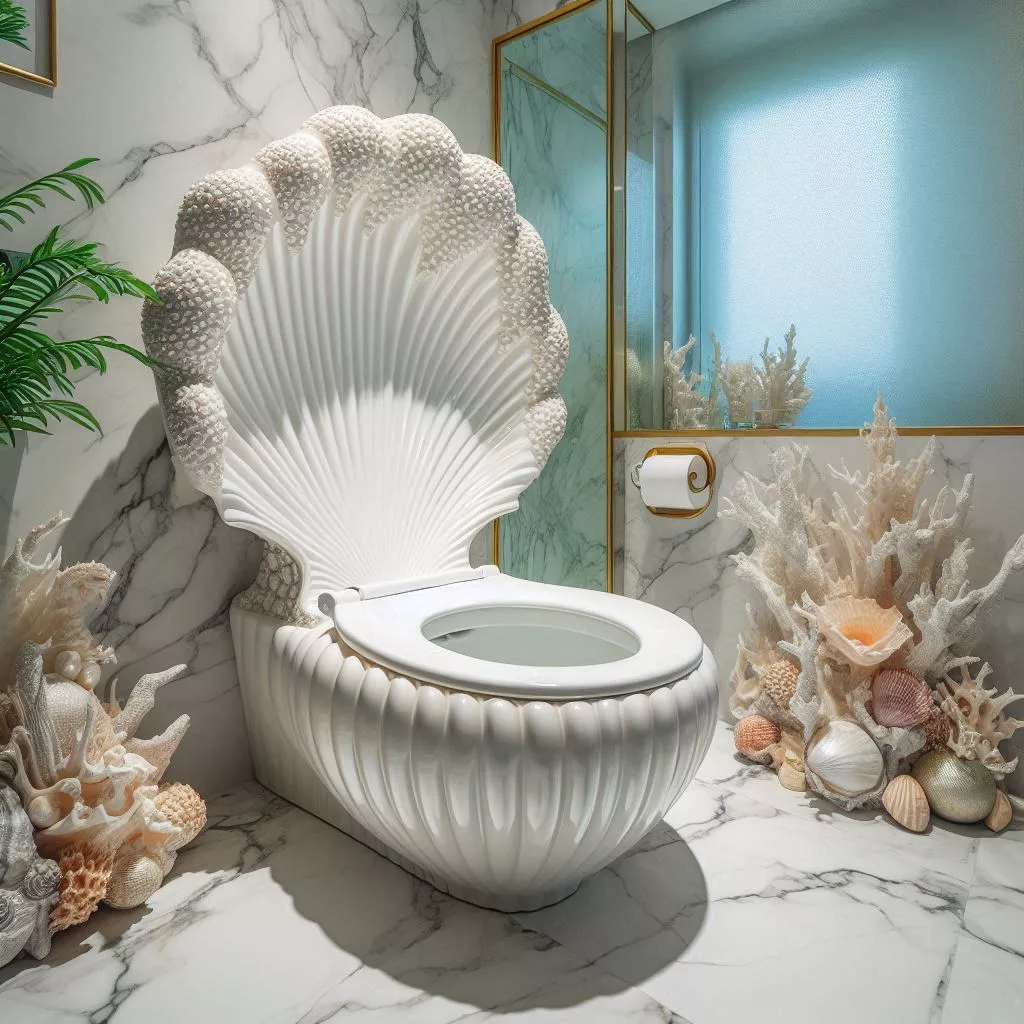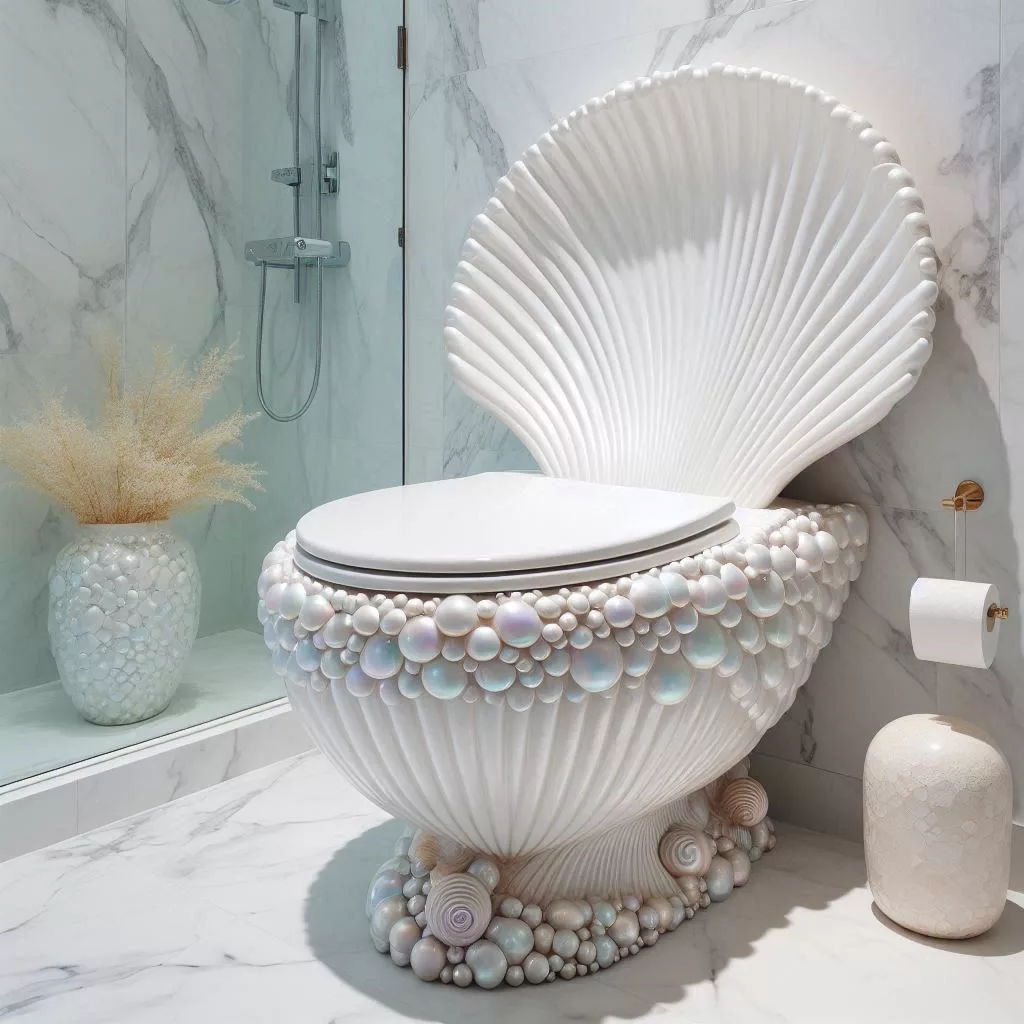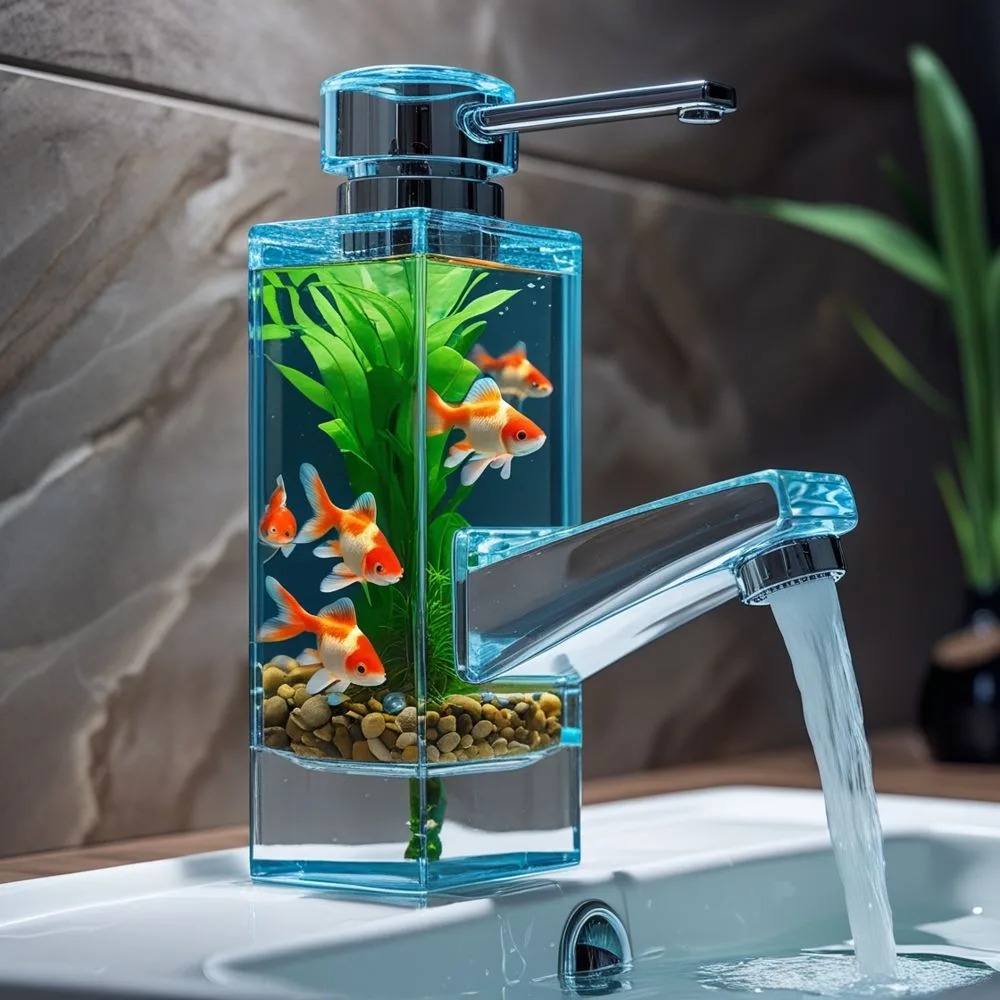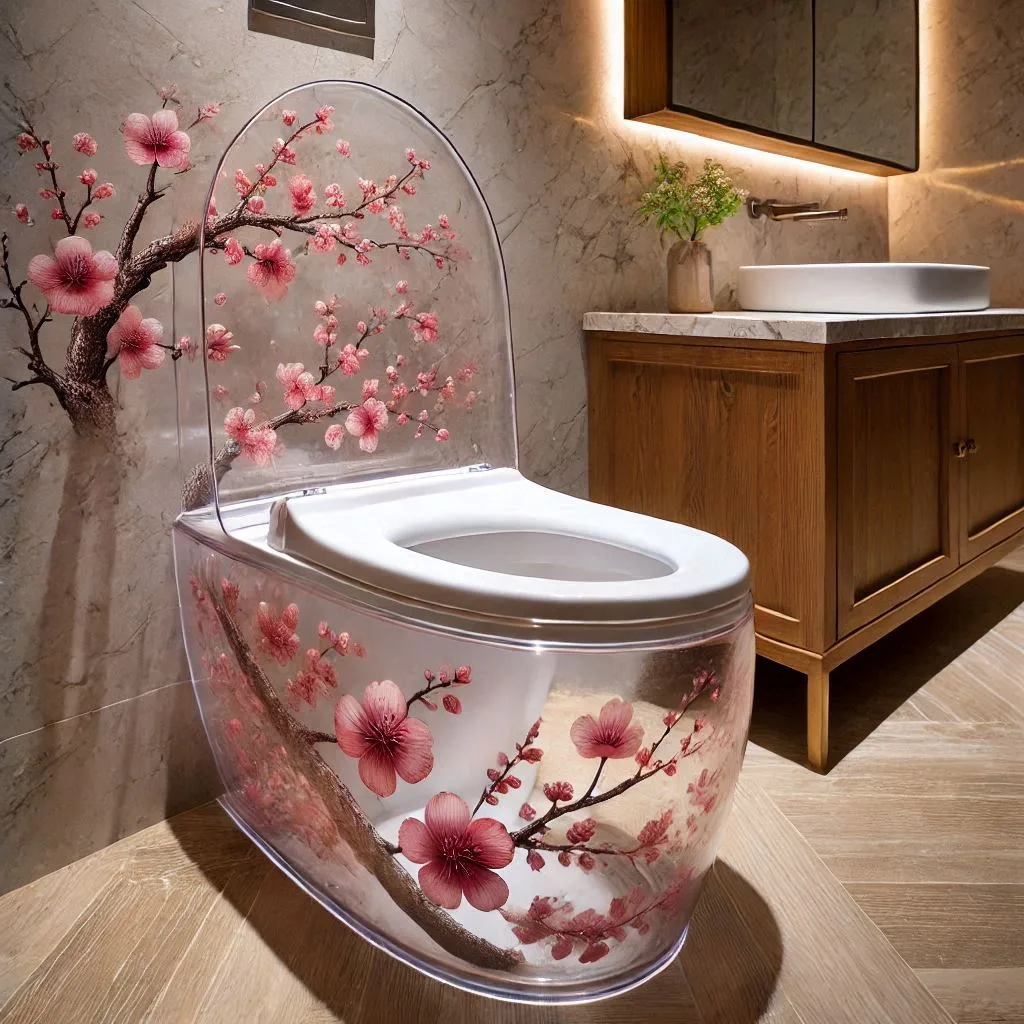The modern world faces significant challenges in the realm of sanitation and environmental sustainability. As populations grow and urbanize, the need for innovative solutions that address both hygiene and ecological impact becomes increasingly urgent. Among these innovations, seashell toilets emerge as a fascinating and promising alternative. This article delves into the various aspects of seashell toilets, exploring their design, benefits, and potential to revolutionize sanitation systems worldwide.

Unveiling the Secrets of Seashell Toilets: A Paradigm Shift in Sanitation
Seashell toilets represent a paradigm shift in sanitation, moving away from conventional porcelain and ceramic materials to more sustainable and eco-friendly alternatives. Inspired by the natural strength and durability of seashells, these toilets offer a unique combination of aesthetics and functionality. The shift towards seashell toilets reflects a broader trend of biomimicry, where natural forms and processes inspire innovative solutions to human problems.
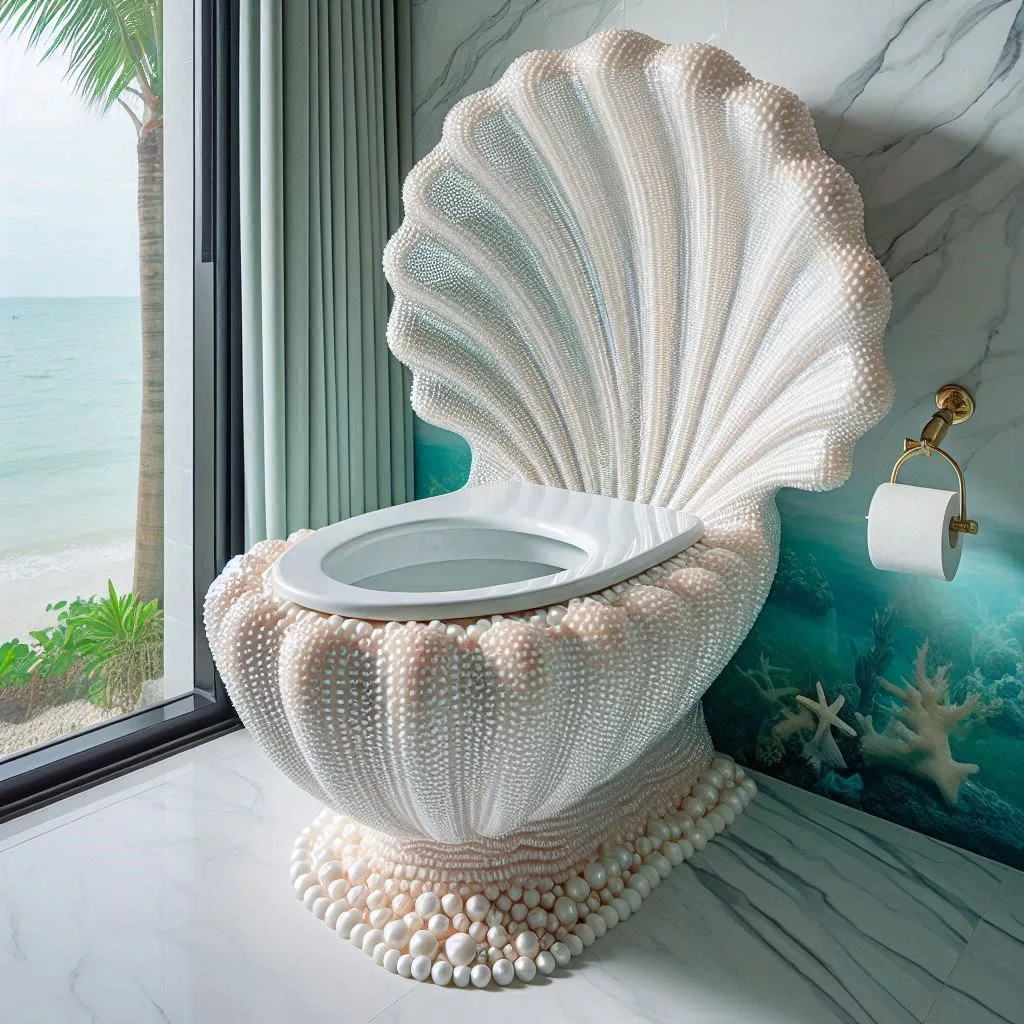
Biomimicry at its Finest: How Seashells are Inspiring a New Era of Toilet Design
Biomimicry involves emulating nature’s time-tested patterns and strategies to solve human challenges. Seashells, with their intricate structures and remarkable resilience, provide a perfect model for sustainable design. The calcium carbonate composition of seashells, combined with their natural ability to withstand harsh environments, makes them an ideal inspiration for creating durable and environmentally friendly toilet materials. This approach not only reduces reliance on non-renewable resources but also promotes a more harmonious relationship with the environment.

Harnessing the Power of Nature: The Science Behind Seashell Toilets
The science behind seashell toilets lies in their material composition and structural integrity. Seashells are primarily made of calcium carbonate, a naturally abundant and renewable resource. When processed and reinforced appropriately, this material can be used to create toilets that are both strong and lightweight. Additionally, the natural formation of seashells results in a non-porous surface, which is highly resistant to stains and bacteria, making them easier to clean and more hygienic than traditional materials.

Beyond Aesthetics: The Functional Advantages of Seashell Toilets
While the aesthetic appeal of seashell toilets is undeniable, their functional advantages are equally compelling. These toilets are designed to be highly efficient in terms of water usage, often incorporating innovative flushing mechanisms that reduce water consumption. Moreover, the inherent properties of seashell material contribute to a quieter flush and a more comfortable seating experience. The durability and longevity of seashell toilets also mean reduced maintenance and replacement costs over time.

A Sustainable Solution: Seashell Toilets for a Greener Future
Seashell toilets represent a significant step towards sustainability in sanitation. By utilizing renewable materials and reducing water consumption, they address key environmental concerns. Furthermore, the production process for seashell-based materials typically involves lower energy inputs and fewer harmful emissions compared to traditional manufacturing methods. This sustainable approach not only benefits the environment but also aligns with growing consumer demand for eco-friendly products.
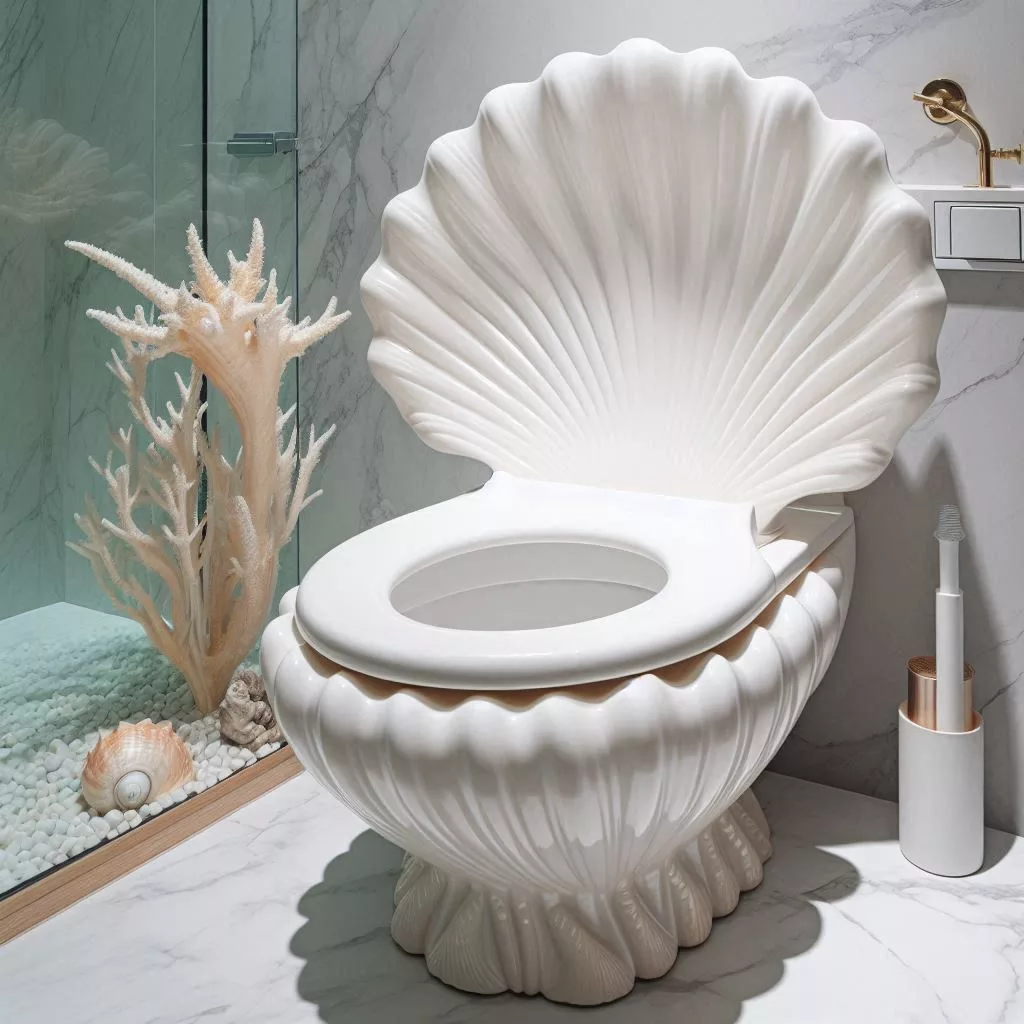
The Future of Sanitation: How Seashell Toilets are Changing the World
The adoption of seashell toilets has the potential to transform sanitation systems globally. In regions where access to clean water is limited, the water-saving features of these toilets can play a crucial role in improving hygiene and reducing water scarcity. Additionally, the scalability of seashell toilet production makes them a viable option for both developed and developing countries. As awareness of their benefits spreads, seashell toilets could become a standard fixture in environmentally conscious homes and public facilities.
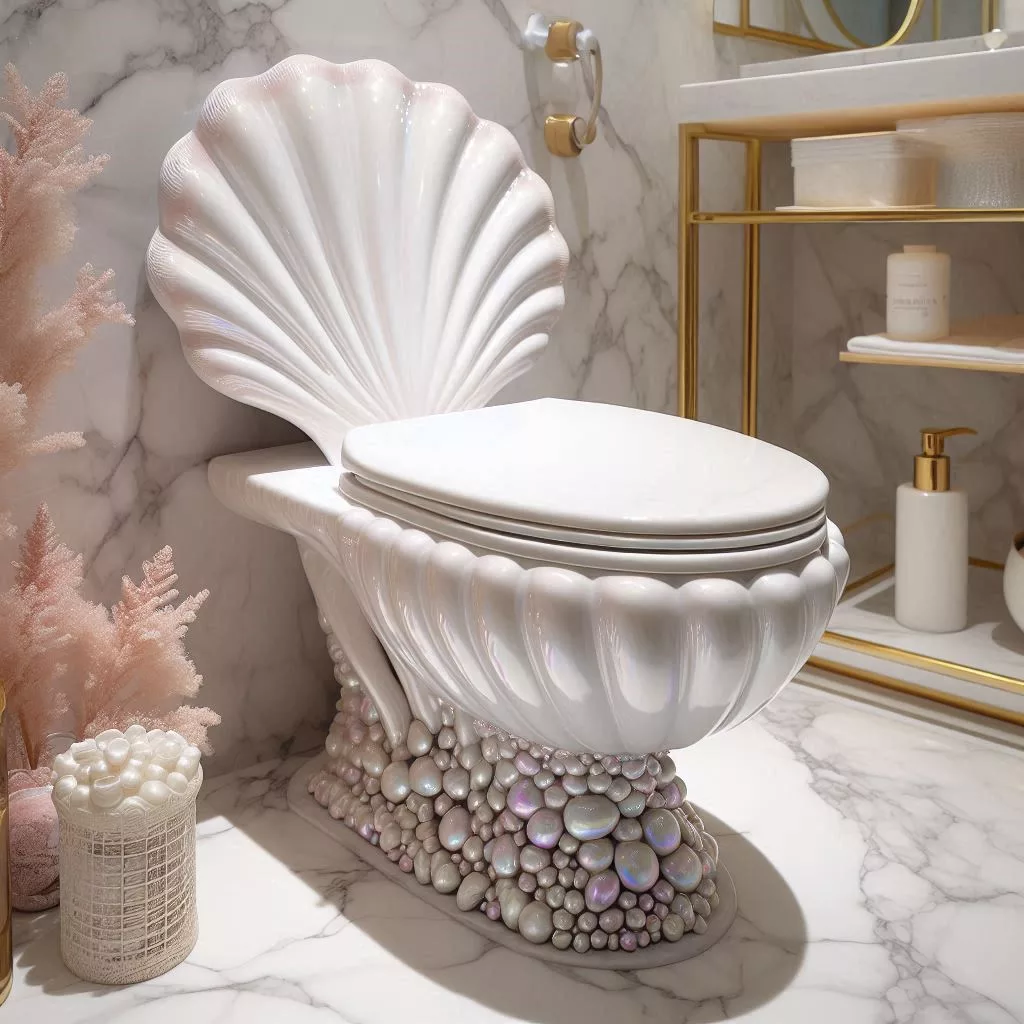
Case Studies: Exploring Real-World Implementations of Seashell Toilets
Several case studies highlight the successful implementation of seashell toilets in various settings. In coastal communities, where seashells are readily available, these toilets have been integrated into public restrooms and private homes, showcasing their practicality and environmental benefits. Pilot projects in urban areas have also demonstrated the feasibility of large-scale adoption, with positive feedback from users regarding their performance and aesthetics. These case studies provide valuable insights into the potential for wider implementation of seashell toilets.
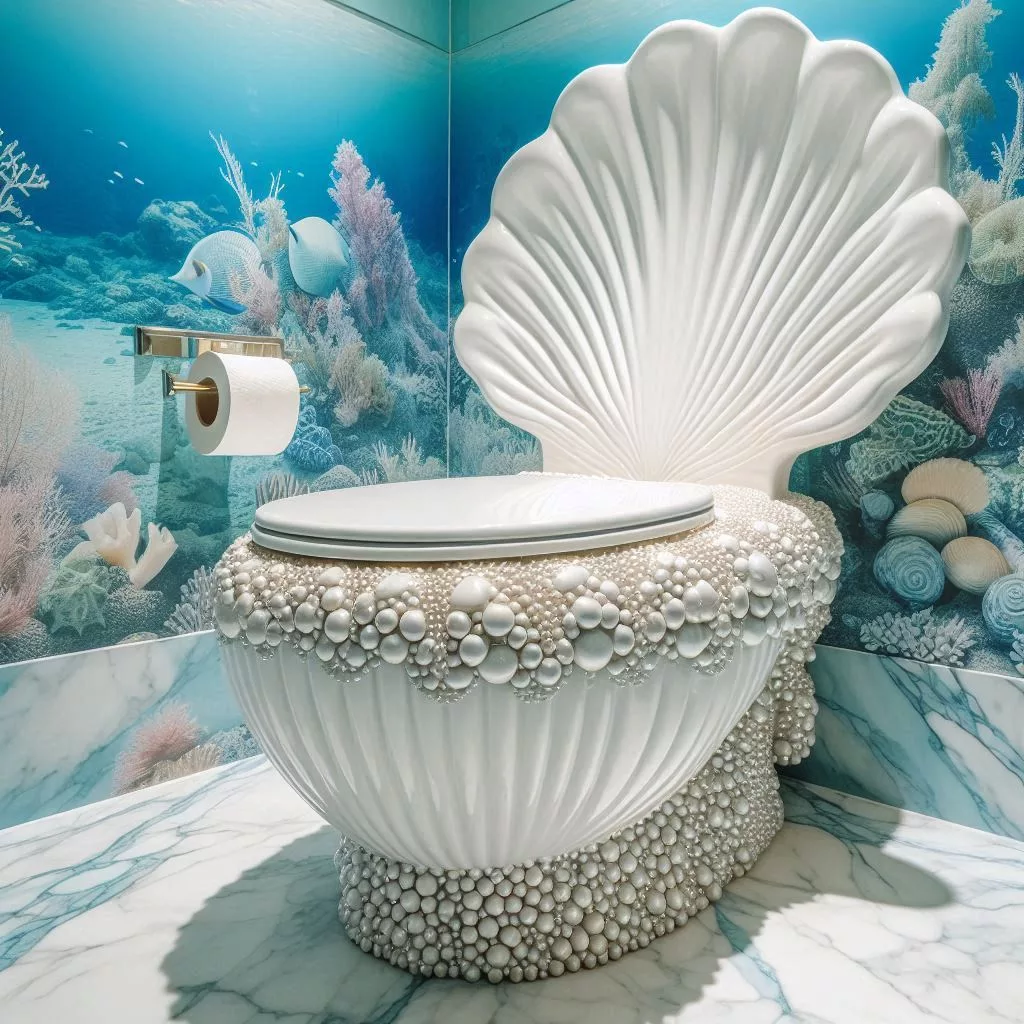
A Wave of Innovation: The Future of Seashell Toilets
The future of seashell toilets looks promising, with ongoing research and development aimed at enhancing their design and functionality. Innovations such as integrated composting systems and advanced water filtration technologies are being explored to further improve their environmental impact. Additionally, collaborations between designers, engineers, and environmental scientists are driving the creation of more sophisticated and user-friendly models. As these innovations continue to emerge, seashell toilets are poised to become a cornerstone of sustainable sanitation.

The Economic Impact: Seashell Toilets as a Catalyst for Development
Beyond their environmental benefits, seashell toilets also offer significant economic advantages. The production of seashell-based materials can stimulate local economies, particularly in coastal regions where seashells are abundant. This can create job opportunities and support small businesses involved in the collection and processing of seashells. Moreover, the long-term cost savings associated with the durability and efficiency of seashell toilets can provide economic relief for households and public institutions alike.
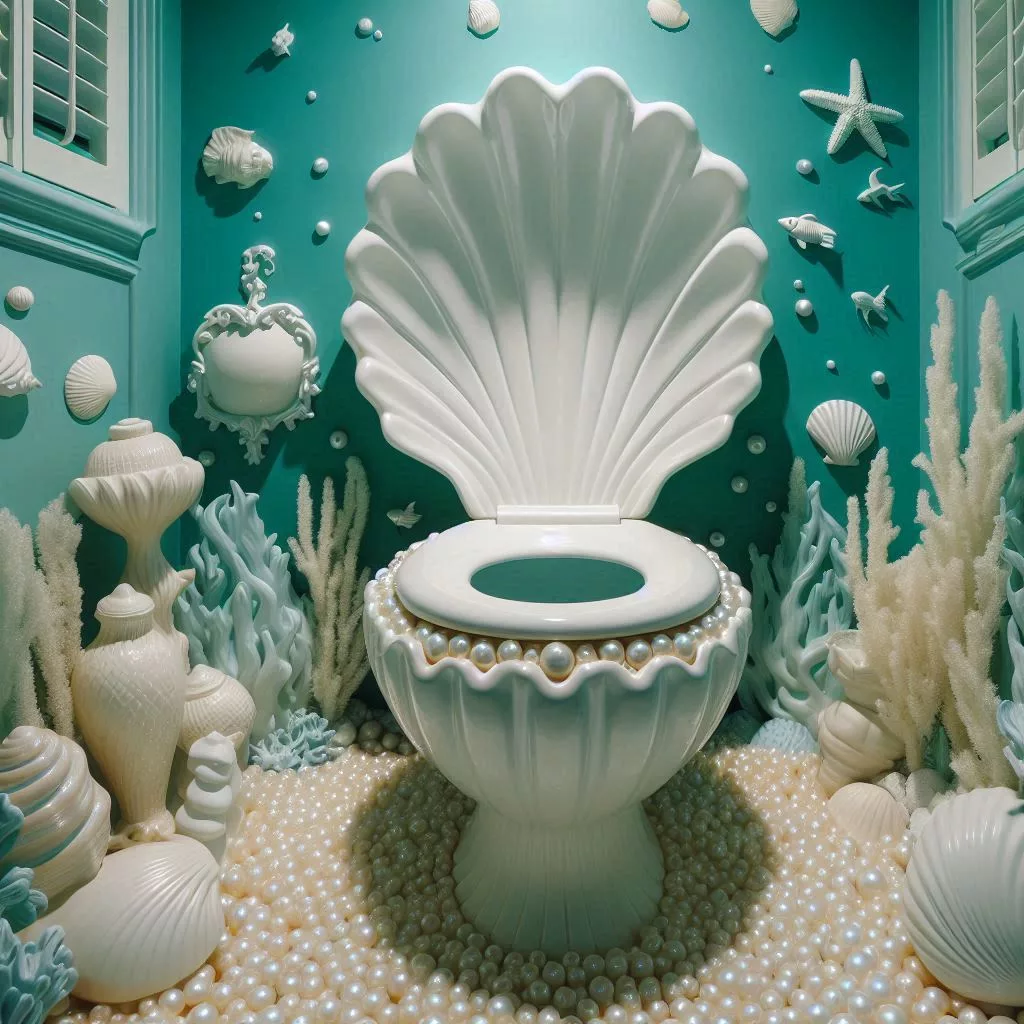
Conclusion: A Glimpse into the Future of Toilet Design, Inspired by Nature
Seashell toilets exemplify the potential of biomimicry to drive innovation and sustainability in sanitation. By harnessing the power of nature, these toilets offer a compelling alternative to traditional designs, with numerous environmental, economic, and functional benefits. As the world continues to grapple with the challenges of resource conservation and environmental protection, seashell toilets represent a promising solution that aligns with the principles of sustainability and ecological harmony. Looking ahead, the continued evolution of seashell toilets will undoubtedly play a crucial role in shaping the future of bathroom design and sanitation.
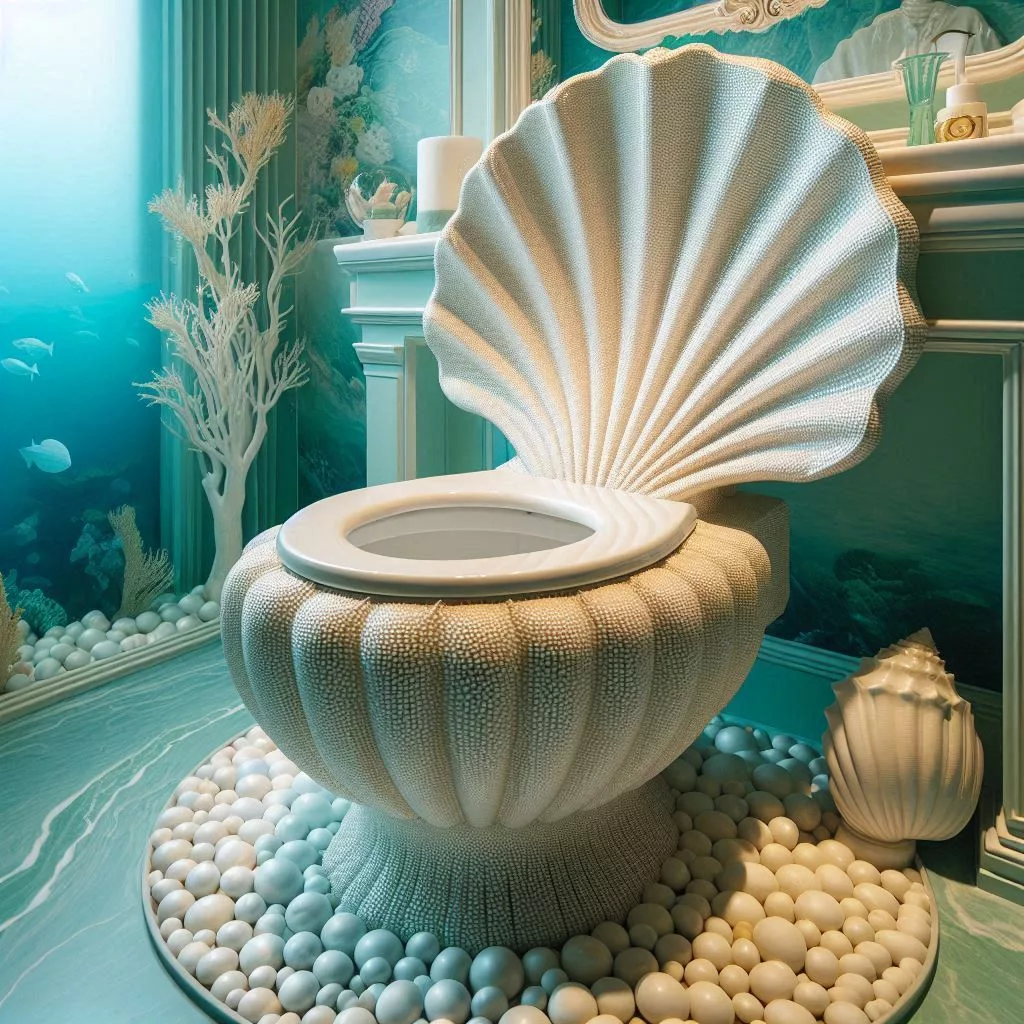
In summary, seashell toilets are not just a novel concept but a practical and impactful innovation. They offer a sustainable and eco-friendly alternative that can revolutionize sanitation systems worldwide. With ongoing advancements and growing awareness, seashell toilets have the potential to become a mainstream choice, contributing to a greener and more sustainable future for all.
